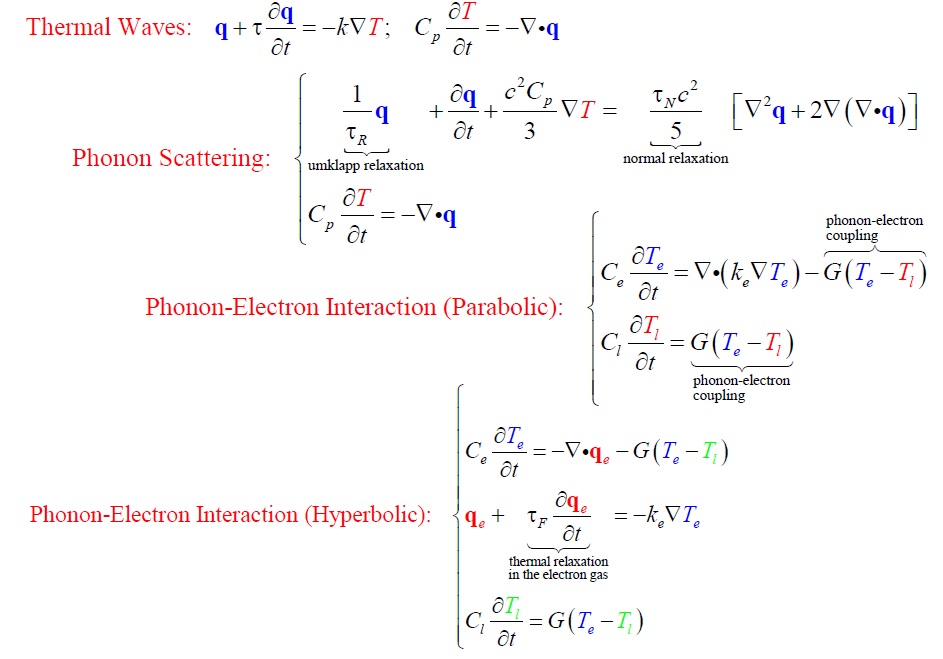Dr. Templeton and Ganzenmueller,
Thank you very much for your good answers.
Dr. Ganzenmueller, Can you answer these questions?
You mentioned that the SPH part of LAMMPS only supports liquids but in the SPH manual I saw a validation test for heat conduction in solids. What do you mean that SPH capability of LAMMPS cannot solve heat conduction?
I attached a file to this email for some examples of non-Fourier heat equations. please see it.
Concerning working with you, I should tell you that I will be become very delighted if I work with you and use your knowledge in this area. I will send an email to you and will explain my plan and project.
Thanks a lot for you kind helps,
Best Regards

That "solid" is a bunch non-moving particles. There is no mechanical interaction between these particles; their positions are never updated during the course of the simulation.
However, you are correct in so far as SPH in LAMMPS is currently is not limited to liquids. It is also used for the heat conduction equation. Basically, all spatial derivatives can be _approximated_ with SPH, so the Fourier heat conduction equation is easily discretized with SPH. I just wanted to point out that no constitutive equations for solids are currently available.
Note that heat conduction in the microscopic world, i.e. atoms and molecules, involves thermal fluctuations. Therefore, the available heat conduction algorithm cannot be correctly used for coupling MD and SPH.
I am not sure how the complex heat conduction models that you mention in the attachment can be discretized with SPH. Especially the description of the electron-phonon coupling part appears not to be compatible with the continuum character of SPH, but you might be able to derive SPH discretizations of this effect which are correct in an average manner.
Best wishes,
Georg
